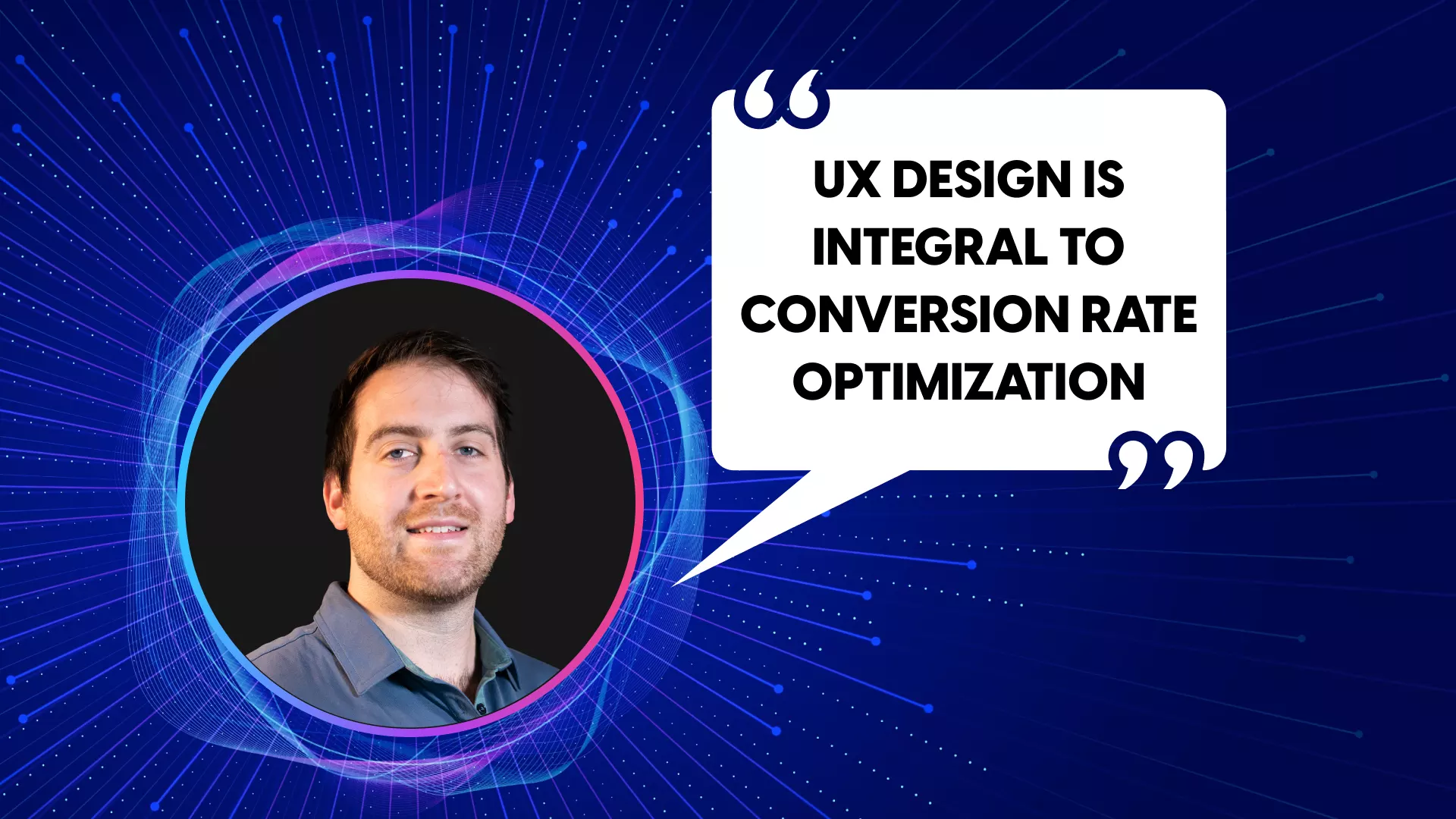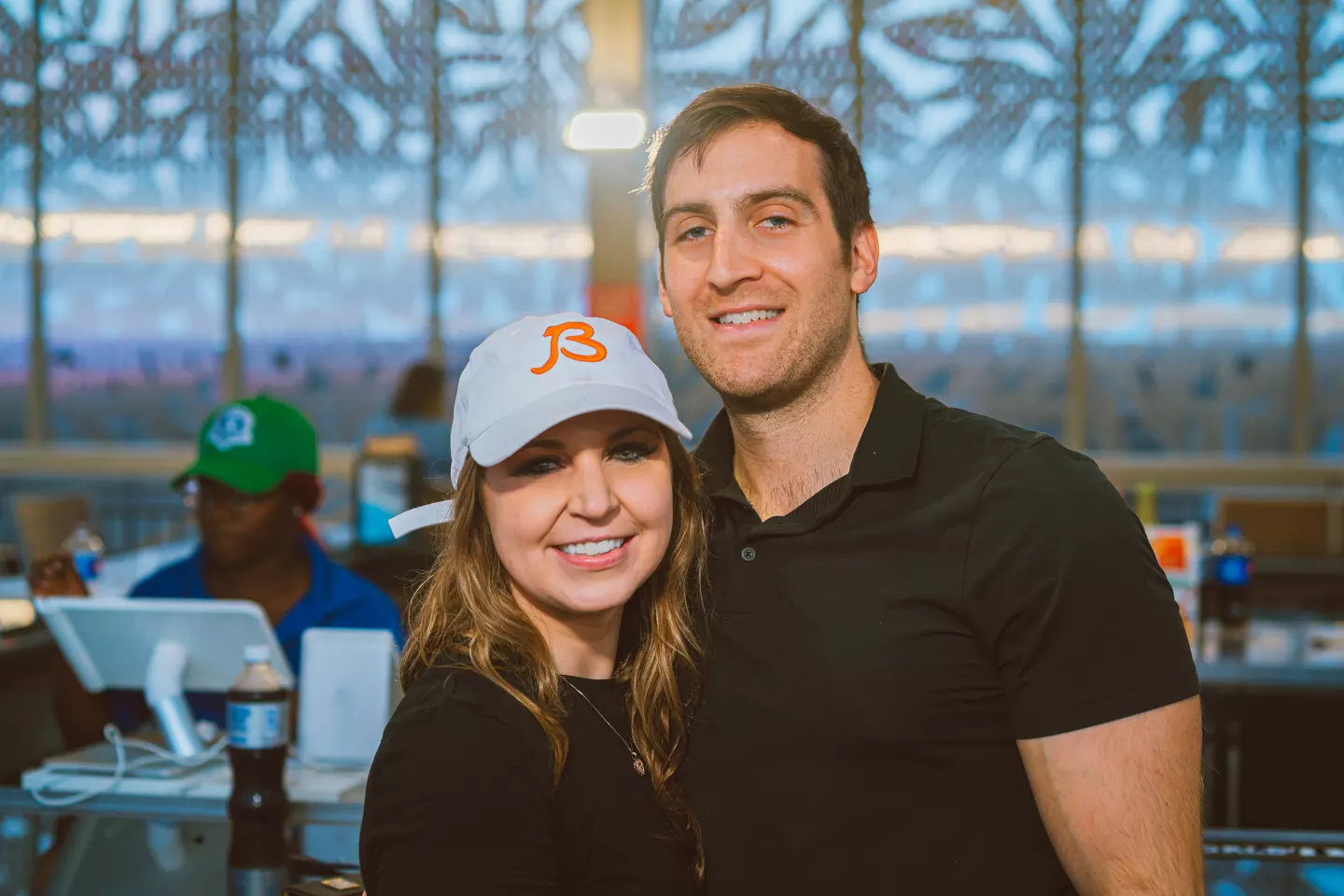Ever wondered what the secret to boosting conversion rates in digital marketing is? In this blog post, I interview Stephen Compton, our Senior Digital Consultant, who explains how understanding and optimizing conversion rates can transform marketing campaigns. Stephen shares his insights on measuring conversion rates, strategies for optimization, and the impact of emerging technologies like artificial intelligence on the future of digital marketing.

1. Hi Stephen, thank you for chatting with me. Can you tell me a little bit about your background and experience?
I have 8 years of experience in consulting for Digital Marketing, Website Design and Development.
 2. What is a conversion rate in the context of digital marketing and how do you typically define and measure conversion rates for different types of campaigns?
2. What is a conversion rate in the context of digital marketing and how do you typically define and measure conversion rates for different types of campaigns?
A conversion rate is the percentage of visitors to a website or users who engage with a marketing campaign and complete a desired action (conversion). This action can vary depending on the goals of the campaign but typically would be one of the following or multiple:
- Filling out a contact form
- Making a purchase
- Signing up for a newsletter or email list
- Downloading a resource (e.g., an eBook or whitepaper)
- Registering for a webinar or event
The conversion rate is calculated by dividing the number of conversions (desired actions completed) by the total number of users who engaged with the marketing campaign and then multiplying by 100 to get a percentage. For example, if 100 people click on an advertisement to visit a website and 5 of them make a purchase, the conversion rate is (5/100) * 100 = 5%.
Conversion rate is a critical metric in digital marketing as it helps measure the effectiveness of a campaign, the quality of traffic, and the overall user experience on a website. A higher conversion rate generally indicates a more successful marketing effort.
3. What are some common strategies for optimizing conversion rates on websites?
There are many different types of optimizations you can make that feed into improving conversation rates. The 2 main groups would be optimizations in the advertisement and optimizations on the website.
Optimizations for advertisements include A/B testing ad elements, targeting the right audience, personalizing content, and selecting effective platforms while aligning spending with conversion goals. For websites, focus on improving speed, simplifying forms, optimizing for mobile, enhancing user experience, and using targeted landing pages that match the ad content.
4. How does the approach differ when optimizing landing pages versus entire websites?
Landing pages focus on a single goal, driving users to take immediate action, whereas websites address multiple goals and user journeys with complex navigation. While landing pages depend on A/B testing and fast load speeds for specific campaigns, websites emphasize UX, SEO, and consistent branding across various pages.
5. How do you ensure consistency in conversion rate optimization across different digital channels (e.g., social media, email marketing)?
I set unified goals across all channels and identify which ones will drive specific objectives. I also ensure consistent branding and messaging, coordinate with internal teams, and create a schedule to regularly evaluate and optimize opportunities across channels.
6. How important is user experience (UX) design in improving conversion rates?
I believe that this is extremely important. In the digital world today, users expect their experience anywhere online to be great every time. UX design is integral to conversion rate optimization as it directly influences how users interact with a website or app. By focusing on usability, trust, responsiveness, and overall user satisfaction, UX design creates an environment where users are more likely to complete desired actions, thereby improving conversion rates.
Investing in good UX design can yield significant returns in terms of user engagement and conversions. Studies have shown that for everyone $1 invested in UX design it can yield $100 in return.
7. What role does design play in creating effective landing pages that convert?
Design is fundamental in creating effective landing pages that convert. By focusing on visual appeal, clear messaging, intuitive layout, and responsiveness, you can create a landing page that not only attracts users but also encourages them to take the desired action. Investing in good design practices leads to better user experiences and higher conversion rates.

8. Are there any current trends or emerging technologies influencing how you approach conversion rate optimization?
Yes! Artificial intelligence and machine learning is now being used to analyze user behavior and predict conversion opportunities. Personalized experiences and content recommendations tailored to individual user preferences can significantly boost conversion rates.
Authentic user-generated content such as leveraging reviews, testimonials, and other content created by users for advertising is also more important than ever given the flood of generic ads across so many of the platforms we visit today.
Plan, create and run the campaign with mobile-first in mind. Typically we see at least 75% of our marketing exposure happening on mobile devices on any given campaign if you let it run to all device types.
9. How do you stay updated with industry best practices in conversion rate optimization?
Aside from being subscribed to many industry leading publications that often post new approaches on the topic, the 2TON team also attends AdWorld conferences every year that have dedicated sessions to conversion optimization. They always cover the latest emerging trends and options to consider when working on optimizations.
10. How do you collaborate with clients to align conversion rate optimization strategies with their business goals and objectives?
I make sure our team clearly understands what the client considers a success in terms of overall conversions. Once we establish the target number of conversions, it becomes a matter of applying a strategic formula. From there, we make data-driven decisions to determine where and how much to invest to achieve the desired results. By continually optimizing conversion rates, we directly increase the number of successful outcomes we deliver.
11. What challenges do you typically encounter when implementing conversion rate optimization strategies, and how do you address them?
The main challenge is when a particular optimization doesn't yield the expected results. The good news is that there are many other optimization strategies to explore, allowing us to continue refining and improving the outcomes.
12. How do you define success in terms of conversion rate optimization?
Improving the conversion rate for purchases is relatively straightforward. However, for form submissions, focusing solely on conversion rate optimization (CRO) can be misleading. This metric doesn't necessarily reflect the quality of leads, especially if the goal is to gather high-quality form submissions. It's crucial to collaborate with the client to ensure that while the conversion rate increases, the quality of the leads remains high.
13. What do you foresee as the future of conversion rate optimization? Are there any upcoming trends or technologies you believe will be game-changers?
Artificial intelligence and machine learning are revolutionizing the industry by enabling personalization at scale and more efficient automated testing. AI can analyze vast amounts of user data to deliver highly personalized experiences. Machine learning algorithms predict user behavior, allowing for real-time tailoring of content, offers, and recommendations. AI-powered tools automate A/B and multivariate testing, and even suggest optimization strategies based on user data and behavior patterns. This technology enhances the ability to create more engaging and relevant experiences for users.
By understanding and applying effective strategies, we can significantly enhance the impact of your marketing efforts. Emerging technologies like artificial intelligence and machine learning are paving the way for even more precise and personalized marketing, making it an exciting time to innovate and achieve your business goals.
We're here to help you navigate these advancements and maximize your digital marketing potential. Whether you're looking to boost conversions, improve lead quality, or explore new trends, Let's talk.


